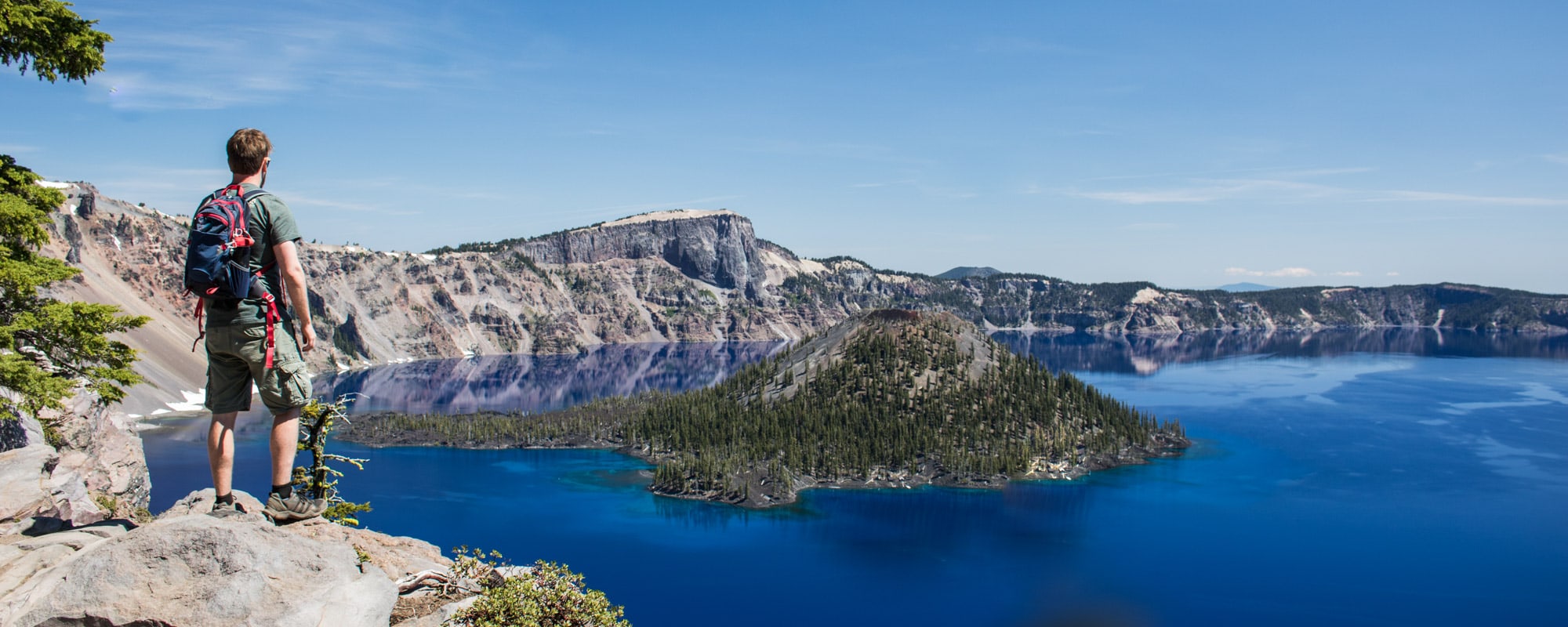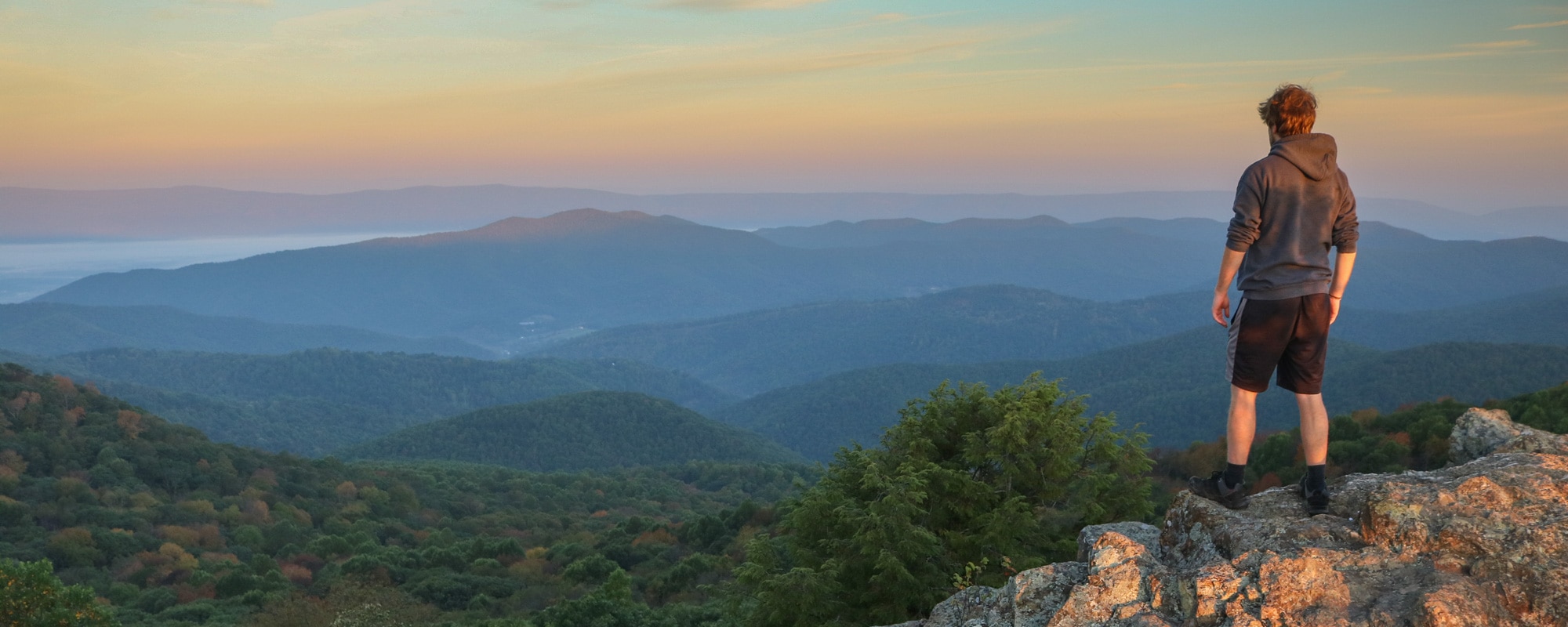“Above all, do not lose your desire to walk: Every day I walk myself into a state of well-being and walk away from every illness; I have walked myself into my best thoughts, and I know of no thought so burdensome that one cannot walk away from it.”
– Søren Kierkegaard
America’s national parks are amazing destinations for a variety of reasons. They protect everything from archaeological sites and historic landmarks to ecosystems and unique landscapes.
Therefore, when you visit a park, you often have a wide range of activity options to choose from, from scenic drives and cycling to guided ranger tours, kayaking, wildlife viewing, rock climbing or hiking in national parks.
The latter may just be the best way to really experience the national parks. On a trail, you get to feel the ground underneath your feet and the breeze against your cheeks, smell the scents of pines in the mountains or rare raindrops in the desert.
You’ll see iconic wildlife and gaze in awe at canyons or coastlines, hear the songs of birds, the sound of water falling from a cliff or waves crashing against shores,…
Hiking in national parks requires the use of all your senses. It’s the most complete of experiences I can think of, the ultimate way to immerse yourself in a landscape—any landscape, whether it’s a subtropical wetland, an alpine wilderness or pristine woods.

This hiking in national parks page contains affiliate links. You can read more about our Terms of Use / Disclosure here.
The Benefits of Hiking in National Parks
Whichever park you visit, I encourage you to do at least one hike that challenges you. It’ll improve your overall park experience, offer you better photo opportunities and might even change your perception of the park.
And of course, it’s also good for you, plain and simple. Hiking is one of the easiest and best ways to get your exercise in. You don’t need a ton of gear or experience to do it and it improves your overall health, from bones and muscles to your heart and lungs.
Additionally and not less importantly, hiking in national parks and other natural environments is beneficial for your mental health, too. Spending time outdoors has been proven to reduce stress, anxiety and risk of depression. Hiking literally makes you happier.
“Of all the paths you take in life, make sure a few of them are dirt.”
– John Muir
Best Hikes in U.S. National Parks
Below, you’ll find an overview of the best hikes in America’s national parks. Click on each image to find the top trails in each individual park.
Guidelines for Camping and Hiking in National Parks
The basic guidelines for spending time outdoors, including national park hikes, are outlined in the 7 Leave No Trace Principles. They’re aimed at reducing pressure on the environment as much as possible, including outdoor ethics, behavior, respect for both fellow hikers and wildlife.
- Plan and prepare
- Travel and camp on durable surfaces
- Dispose of waste properly
- Leave what you find
- Minimize campfire impacts
- Respect wildlife
- Be considerate of other visitors
In addition to and complementing these seven outdoor recreation principles, there are also several hiking etiquette rules you should follow when hiking in national parks. I recommend reading about them here.
Adhering to these principles and rules ensures that the experience is enjoyable for all parties involved, including yourself, but also other hikers and wildlife.

Wildlife Safety While Hiking in the National Parks
Hiking in national parks almost always means hiking in places where wildlife is present. This wildlife includes docile and shy creatures such as marmots, deer and birds, but also larger and potentially dangerous animals.
Going on a hike in wildlife country requires some preparation, to keep both you and the animals safe.
Especially bears are on most national park hikers’ radar, but there are also several other animals you may have to look out for. Those include mountain lions (also known as cougars or pumas), rattlesnakes, elk, moose, mountain goats and bison.
I’ve written wildlife safety guides about the animals you’re most likely to run into when hiking in national parks. Encounters with these animals could turn nasty if you don’t know what to do or how to behave.
So, if you’re visiting a park where any of these animals are present, I suggest reading the appropriate guides below.
In any case, it’s smart to always bring bear spray on your national parks hike. This potent type of pepper spray works on basically all animals that have a nose, eyes and lungs, from black and grizzly bears (obviously) to mountain lions and even moose and elk.









































